Located in the wooded hills of central Croatia, the Plitvice Lakes National Park, covering an area of nearly 300 square kilometres, is renowned internationally for its beautiful lakes and waterfalls. This is the first of a series of articles chronicling my several visits to this uniquely beautiful area with my Leica X Vario and, occasionally, with the venerable Leica X1
As the name of the national park suggests, the main attraction is the range of sixteen lakes descending through its central area. Over millennia, the limestone deposited from the water flowing out of the surrounding hills formed barriers behind which the lakes were held and it is said that the barriers continue to rise by about ten millimetres a year.
Geographically the lakes flow from south to north – firstly as the Upper Lakes in a wide valley and then as the Lower Lakes through a narrow gorge.
The twelve Upper Lakes from south to north are Prošćansko (which collects water from the White River, the Black River and Sušanjski Potok), Ciginovac, Okrugljak, Batinovac, Veliko Jezero, Vir, Malo, Galovac, Milino, Gradinsko, Burgeti and Kozjak.
The four Lower Lakes are Milanovac, Gavanovac, Kaluderovac and Novakovića brod. The Plitvica Creek joins at the end of the Lower Lakes as the Veliki Slap, a 78-metre-high waterfall.
In 1949 the Plitvice lakes were listed by the Croatian government as a national park and, in 1979, the park was recognised as a UNESCO World Heritage Site.
I first visited the park briefly in the summer of 2015 and returned that autumn and again in early 2016, spending many days walking and photographing the trails around the lakes. In summer, the boardwalks beside the lakes were crowded but few ventured into the park beyond the lakes. In winter the area was largely deserted.
The series of articles is arranged geographically, with the initial ones covering my explorations around the lakes and later ones describing those in other areas of the park. This first describes my visits to the White River, the Black River and Prošćansko Lake from the hamlet of Plitvički Ljeskovac. These form the most southern area of the Upper Lakes and their sources. All the photographs were taken with the Leica X Vario with its 28-70mm zoom.
Hamlet of Plitvički Ljescovac
Having spent many days around the lakes, I wanted to explore other areas of the park, in particular the rivers which form the lakes’ main sources. These are the White and Black rivers which meet near the hamlet of Plitvički Ljeskovac. So one morning after coffee in the hotel above Kozjak Lake I drove south through the hills to find them.
Just before Korenica, I turned right onto Highway 52 through Vrelo Koreničko and shortly the road climbed steeply up a series of switchbacks before reaching a high plateau. The valley in which Korenica sits is a natural basin for the banks of cloud which pour over the surrounding hills. As I swung around the switchbacks I caught glimpses of the clouds in the valley below and pulled over to photograph them.
A few miles on, after passing isolated farms and broad fields with the woods beyond, I turned off Highway 52 at the sign to Plitvički Ljeskovac and followed the narrow road as it dropped and turned through the woods. On my first visit, there had been a heavy snowfall so I took the drive gently, grateful for the mandatory winter tyres, although the road had been ploughed.
The hamlet has very few remaining residents although a search on Wikipedia told me that in 1910 there were 352 persons were registered. In 2011, the number was 20. I asked at the hotel about why it had so few inhabitants and, while there wasn’t one definitive answer, I understood that when the national park was formed the agricultural activities in the surrounding villages were severely curtailed in order to preserve the purity of the water entering the lakes.
I also surmised that because the 74-strong population in 1991 included 68 people of Serbian origin, many may have left because of the conflicts in the Balkans. Around Plitvice Lakes, there are a number of abandoned or severely depopulated villages which I was told were previously predominately occupied by those of Serbian origin.
Consulting a map, I noticed a small road through the woods from the hamlet to the main road between the village at Plitvice Lakes and Korenica which would make a good short cut and save me almost an hour’s journey. Although the road had been ploughed up to the hamlet, a bank of snow told me that was as far as I was going.
With confidence, I reminded myself of my abilities to handle a vehicle on difficult ground gained from years driving across the sand dunes in the Middle East. How different or difficult could it be? Sadly the first contact of the tyres with banked snow brought a reality check and the answer to my question was ‘more difficult than you thought’.
I decided the best place for my ego was in the glove compartment. Cautiously, making a multi-point turn, I backtracked with a mix of emotions – disappointment that I could not continue on the road and relief that I had not got myself stuck in the snow. On my way into the hamlet, I had concentrated on its buildings but on returning my eye was caught by the geese and ducks in the river so I stopped to photograph them.
A dog approached, barking loudly and, not wanting to become a nuisance, draw attention to myself or get bitten, I wound up the car window and started my long journey back to the hotel. The photo of the geese hangs on a wall at home so as well as orientating myself and reaching the hamlet I have a souvenir to remind me of my long winter’s day journey.
The White River
I returned another day when the snow had melted but the clouds hung low over the hills. Driving down the narrow winding road towards Plitvički Ljeskovac, I noticed the White River running alongside. Once the valley had opened up and the river had widened and slowed, I stopped to look for compositions that captured its gentle flow through the meadow grasses.
Stepping carefully from one tuft of grass to another, more or less keeping above the wet ground beneath, I made my way from the road to a spot where I could successfully frame the river without standing in it. I used a technique similar to that of ‘bog trotting’ which is, for the uninitiated, stepping between the largest tufts of grass in a bog and landing and launching off quickly enough so as not to push the tuft into the bog and get a boot full.
I was glad that I had made the effort because the clarity of the water and the colours of the plants and river bed beneath were striking.
The Black River
I was keen to explore the Black River so returned to Plitvički Ljeskovac and set out to try and find the river’s source. The map indicated it was deep in the woods, though not far off the track.
The track and river passed through a beautiful grass- and flower-filled meadow and I stopped to photograph them and, also, a small waterfall – one of a number I saw on the river.
The track then crossed a road bridge and started to climb up through the woods on the eastern side of the valley.
I walked a few miles up the increasingly narrow valley until I reached a signpost indicating, as the map had shown, that the source of the river was to the right while the main track continued left over a hill. I went down the side of the valley, with the narrow path becoming rough and indistinct until I found myself walking over rocks with the river running around me. I had arrived at the source of the river.
So what had I expected to find? The river small and weak trickling out of a tranquil grassy glade? A tended place lovingly cared for by the park authorities with benches from which to contemplate its peace and beauty?
What I saw in front of me, mostly hidden, was the river flowing out of a vertical hillside through a tangle of boulders, rocks and trees.
My photo of the source was inconclusive; without a clear subject, without a clear view of the water, just rocks and fallen trees. It was as though the source wanted to remain hidden and secret. The place felt elemental as the water flowed from within the dark recesses of the hillside.
Perhaps I had responded to the closeness of the valley sides or the cooler and damper air but I felt unwelcome and, to a degree, threatened. I had gone deep into the woods to reach the source and did not like what I had found there. As one of the park staff told me “nature has a lot of power here, both good and bad”.
Retracing my steps over the boulders and up the path, I found the main track and followed it down the valley, stopping to photograph the river as and when I found an appealing composition.
The river ran quickly through the valley’s twists and turns, far below the track, and I often had to descend through the woods in order to get a picture. Knowing that I would not return to explore the river again for a long time, if at all, I tried to make the most of the beautiful afternoon.
Crossing the bridge and making my way to the car, I left the river aware that I had witnessed another aspect of the park unseen and not experienced except by those who make the effort; to those who seek, knock and ask.
Prošćansko Lake
I found that if I wanted to explore the lake, I could take one of the park’s shuttle buses to its northern end and walk along the eastern shore. I could also explore the lake from Plitvički Ljeskovac as, although I couldn’t drive alongside the lake as the road was gated and locked, I had discovered the short cut through the woods.
One winter’s afternoon, exploring the lake and looking for photo opportunities, my eye was caught by the low sun illuminating stones and cones on the ground that I would normally pass by without giving them a second glance.
The road along the lake followed its many inlets away from and back towards the lake. I often felt I was walking back on myself and not progressing much but when the cold wind blew down the lake the inlets gave a welcome respite. On other days, with little wind, the lake was calm and I could stop and enjoy it in peace. Below: Inlets on the lake.
I had noticed an official looking metal box on the Black River and saw another in the lake. From the label, “Hidrološka Posaja”, I understood these to be water-quality monitoring stations operated by the park authorities to check the chemical composition of the water. Although the travertine barriers have been deposited over millennia, the process continues and as it is very sensitive to changes in the water’s chemistry the water has to be monitored frequently.
Whether or not the results have been made public is another matter. The quality of the water in the central lakes has deteriorated in recent years due to the lack of adequate sewage treatment systems. I understood that much, if not most, of the sewage was simply dumped into the porous limestone in the belief that it would drain east away from the lakes.
This has not proven to be the case and, for this reason, amongst others, in 2018 UNESCO threatened to withdraw the park’s world heritage status. Having searched on the internet for more information as I write in the Spring of 2020, it appears that the Croatian government has taken action and I hope that adequate environmental infrastructure will be installed and the waters restored to health.
End of the chapter
The park has much to offer a visitor away from the central lakes. Around Plitvički Ljeskovac the area is quiet and peaceful. The roads and tracks alongside the White and Black rivers and Prošćansko Lake enable a visitor to see another aspect of the park and to gain a better understanding of the mysterious sources of the Plitvice Lakes’ water which springs so readily from deep within the ancient hills. The next articles in the series will describe my explorations around the Upper Lakes.
Read more from Kevin Armstrong on Macfilos
Plitvice Lakes articles
- Plitvice Lakes: Seeking the source with the Leica X Vario
- Plitvice National Park: Exploring the upper lakes in summer and autumn
- Plitvice Lakes National Park: Visiting the Upper Lakes in Winter and…
- Plitvice Lakes National Park: Visiting Kozjak and the Lower Lakes
- Plitvice Lakes National Park: The last post

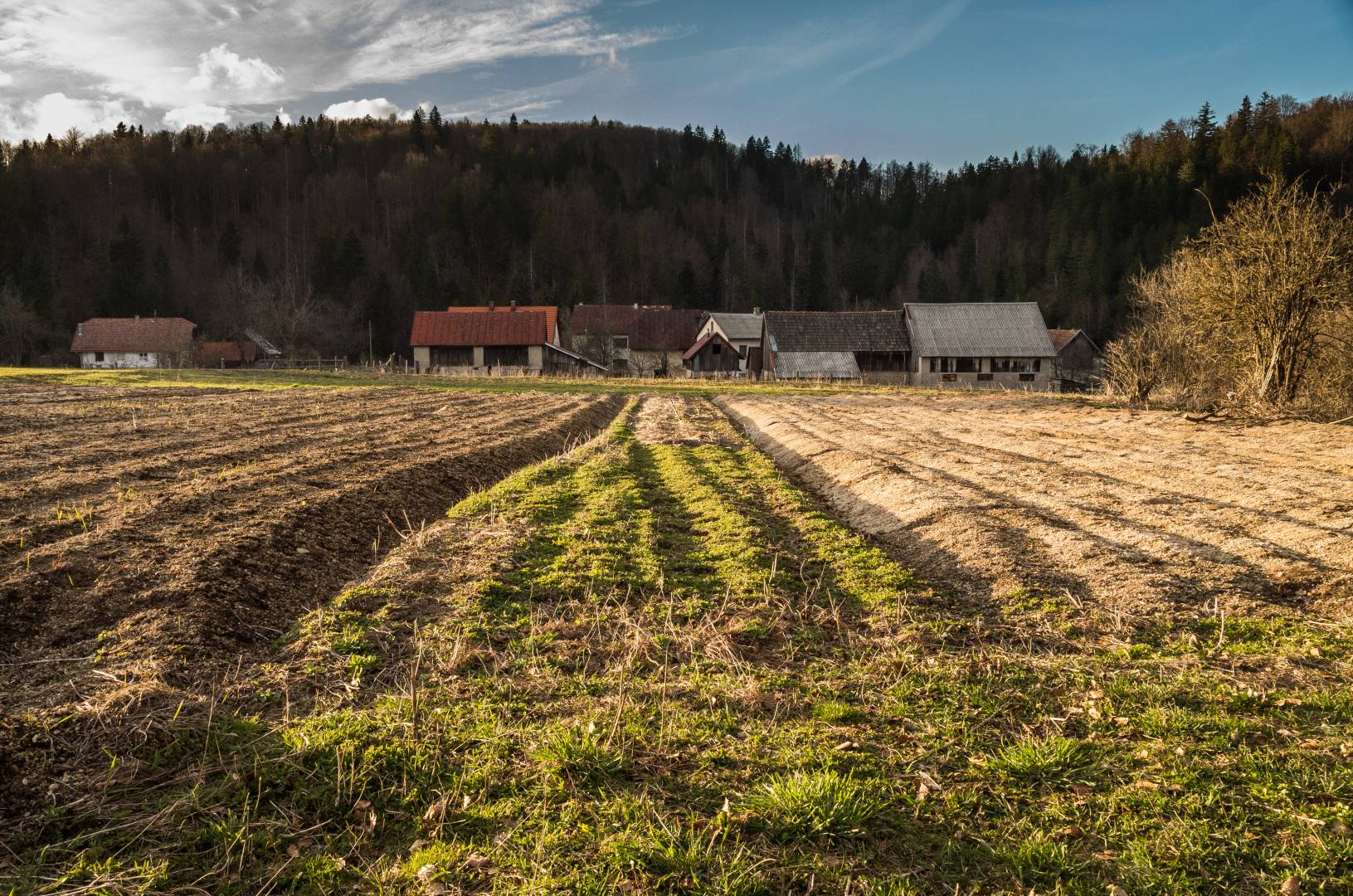
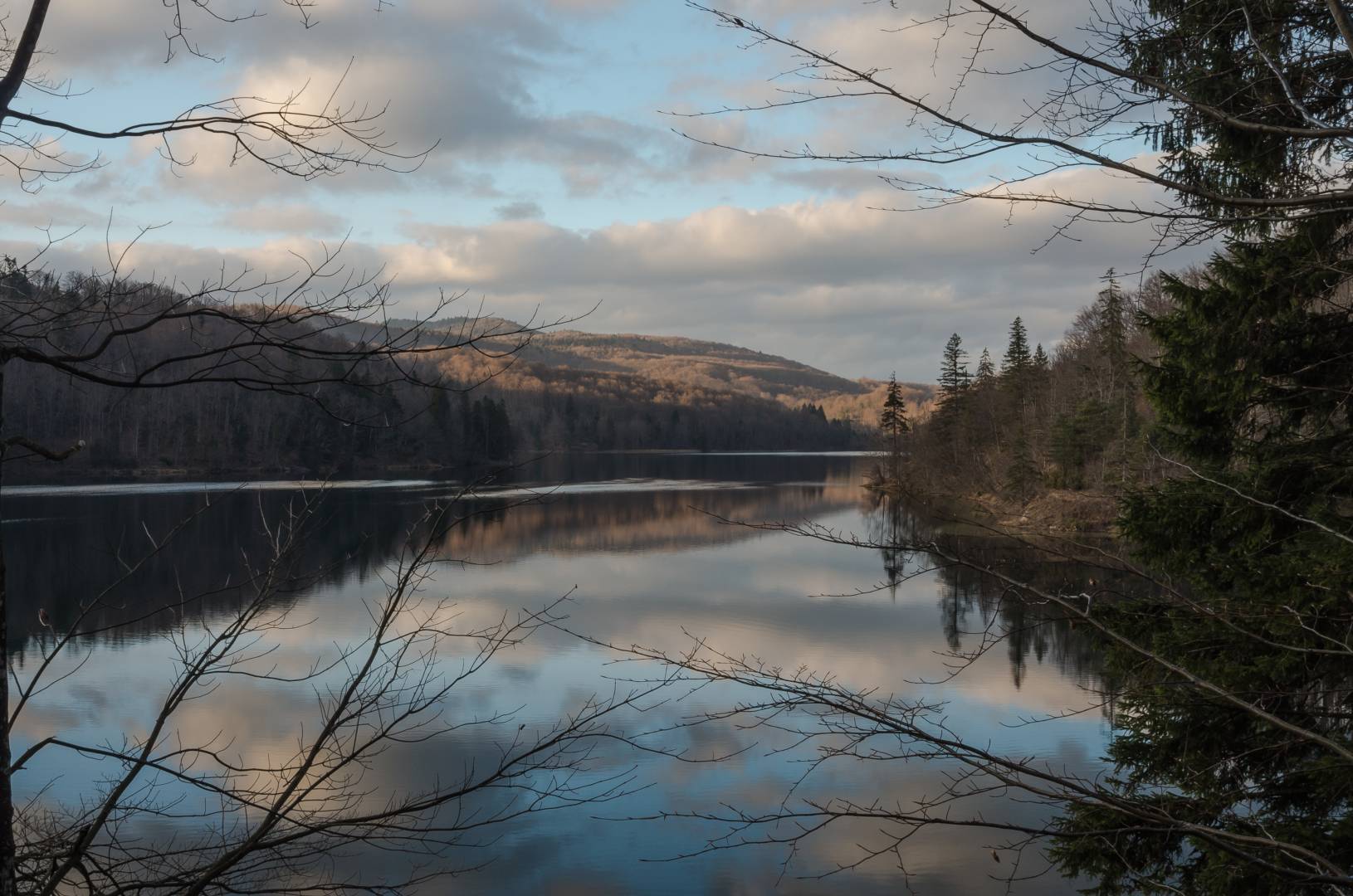
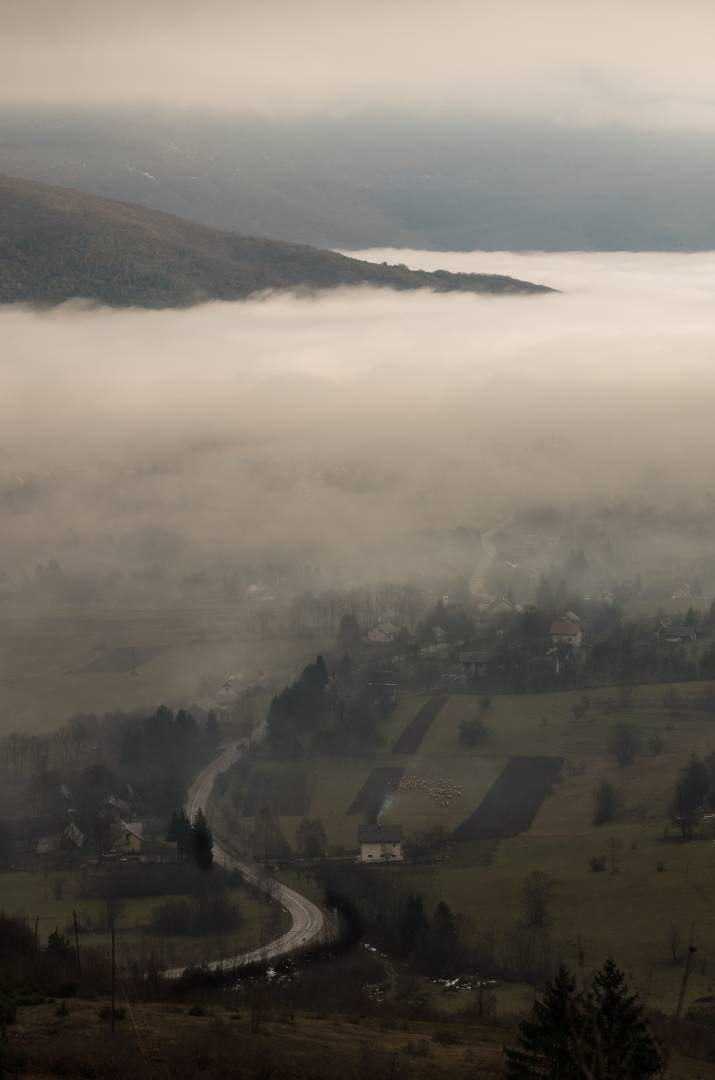
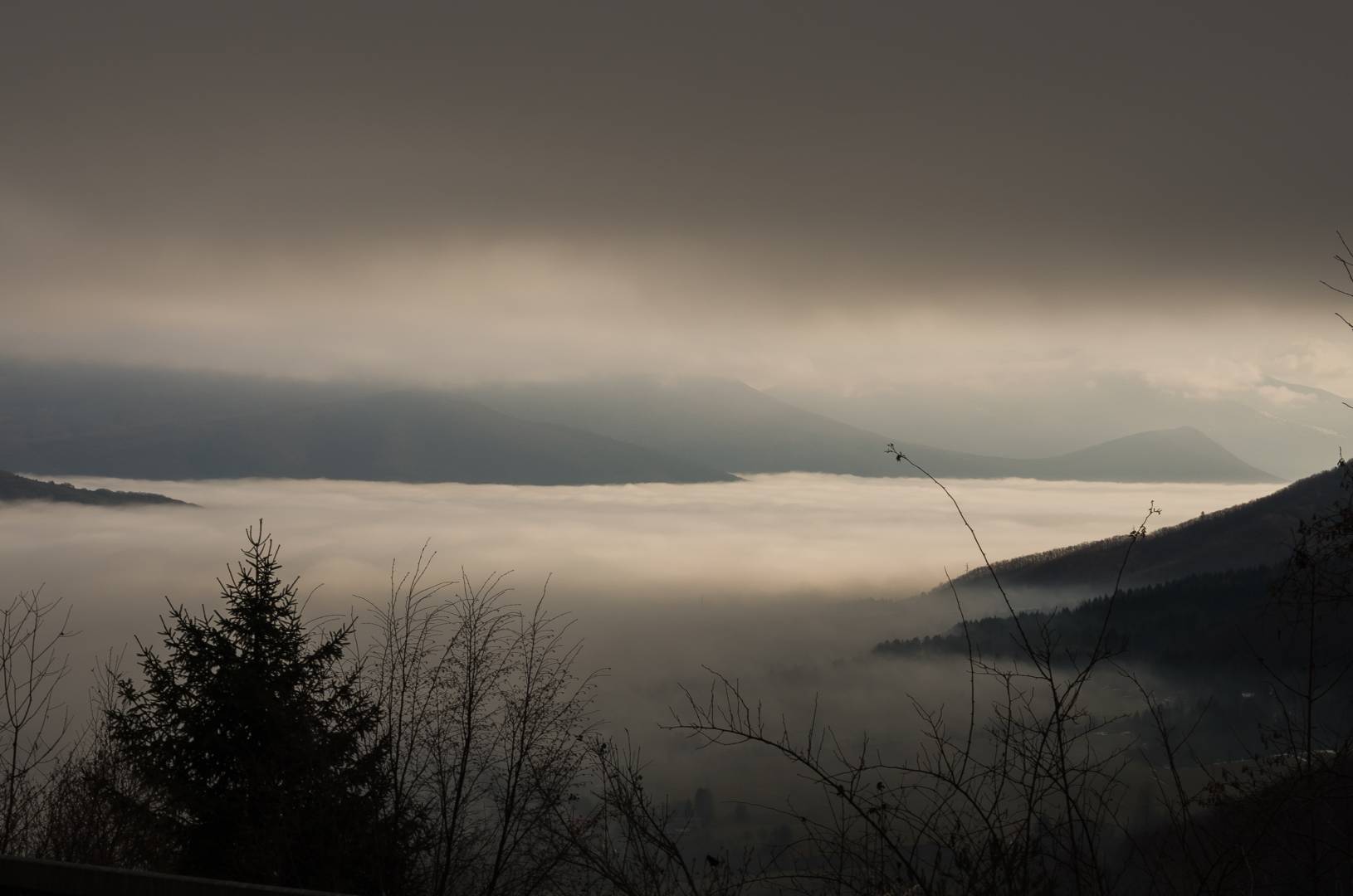
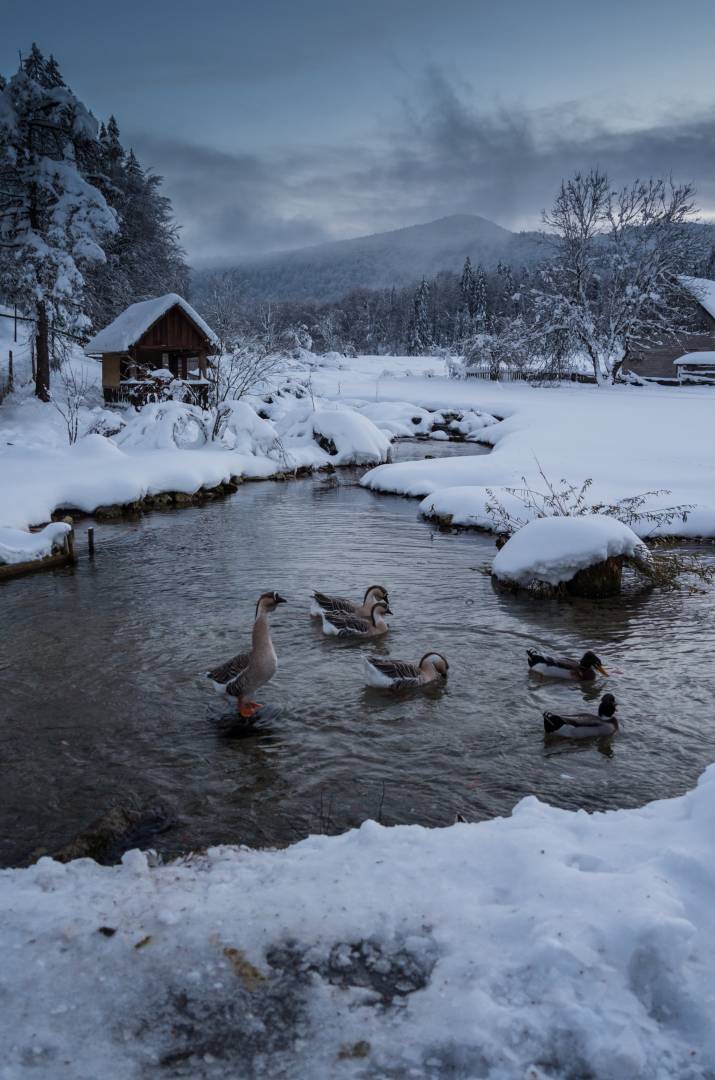
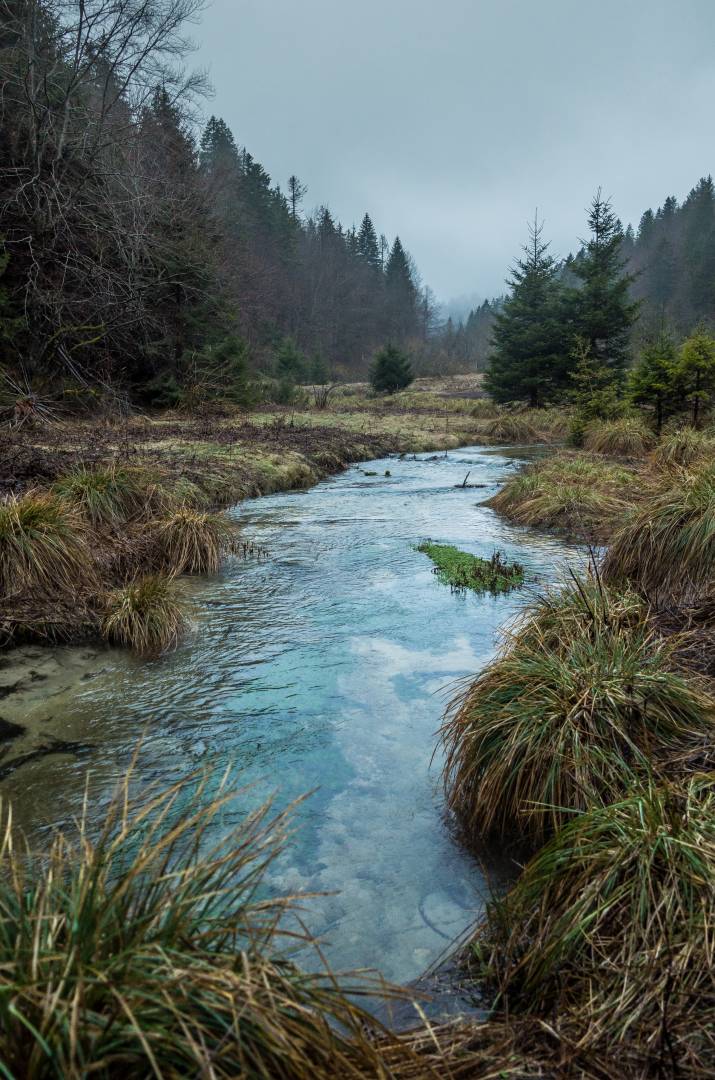
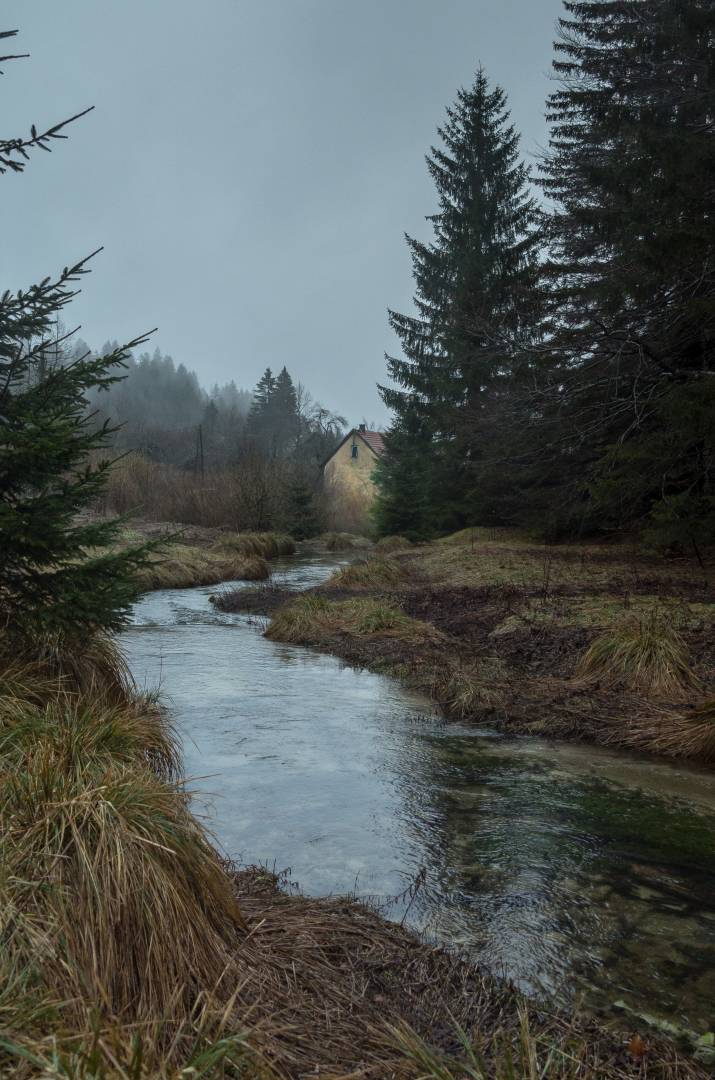
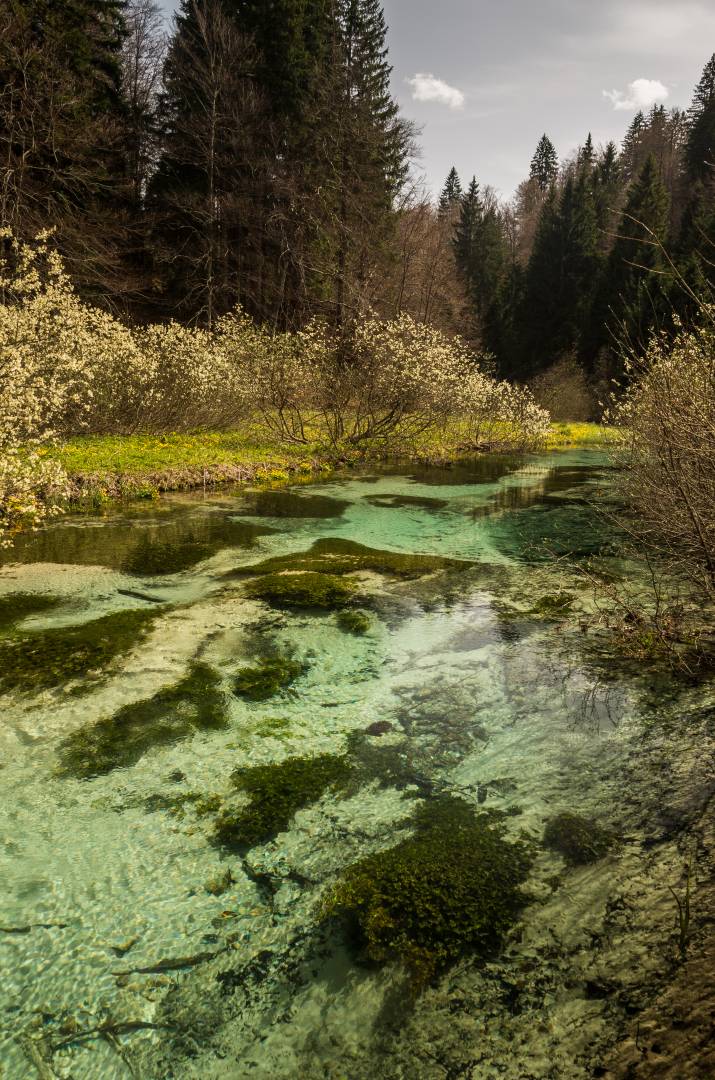
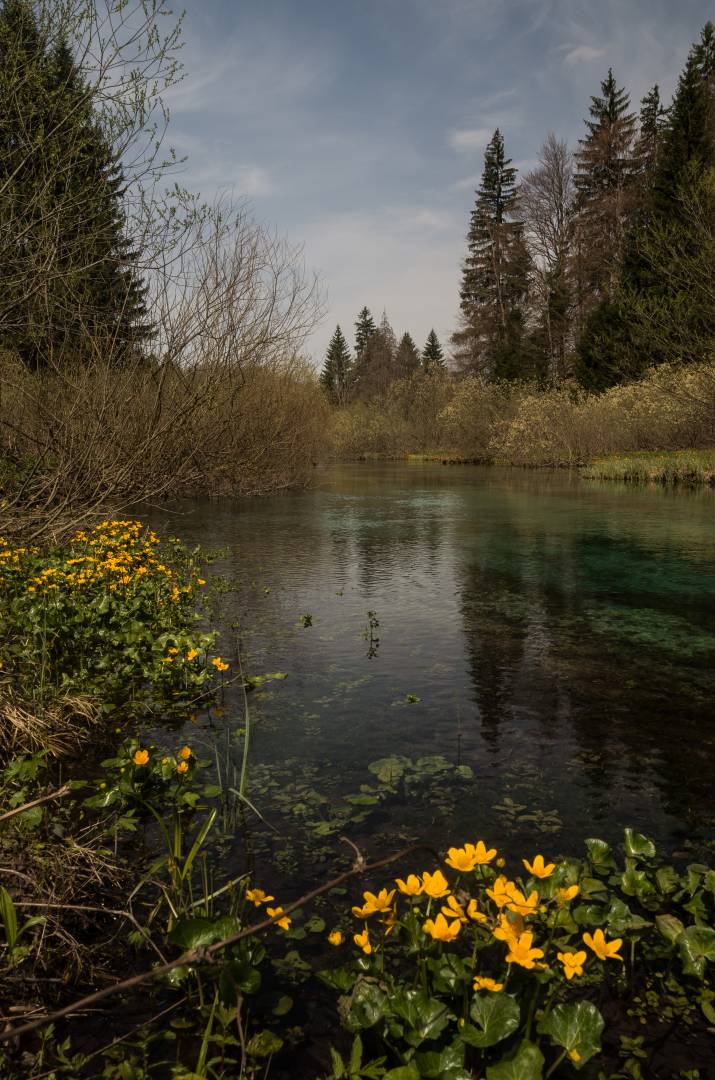
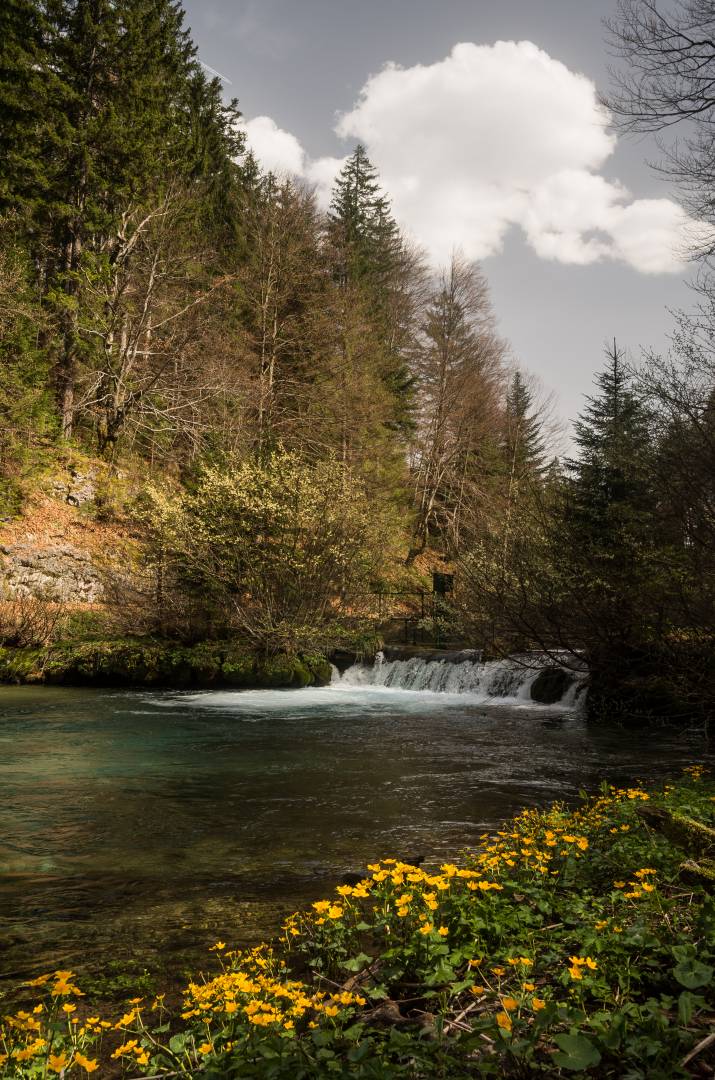
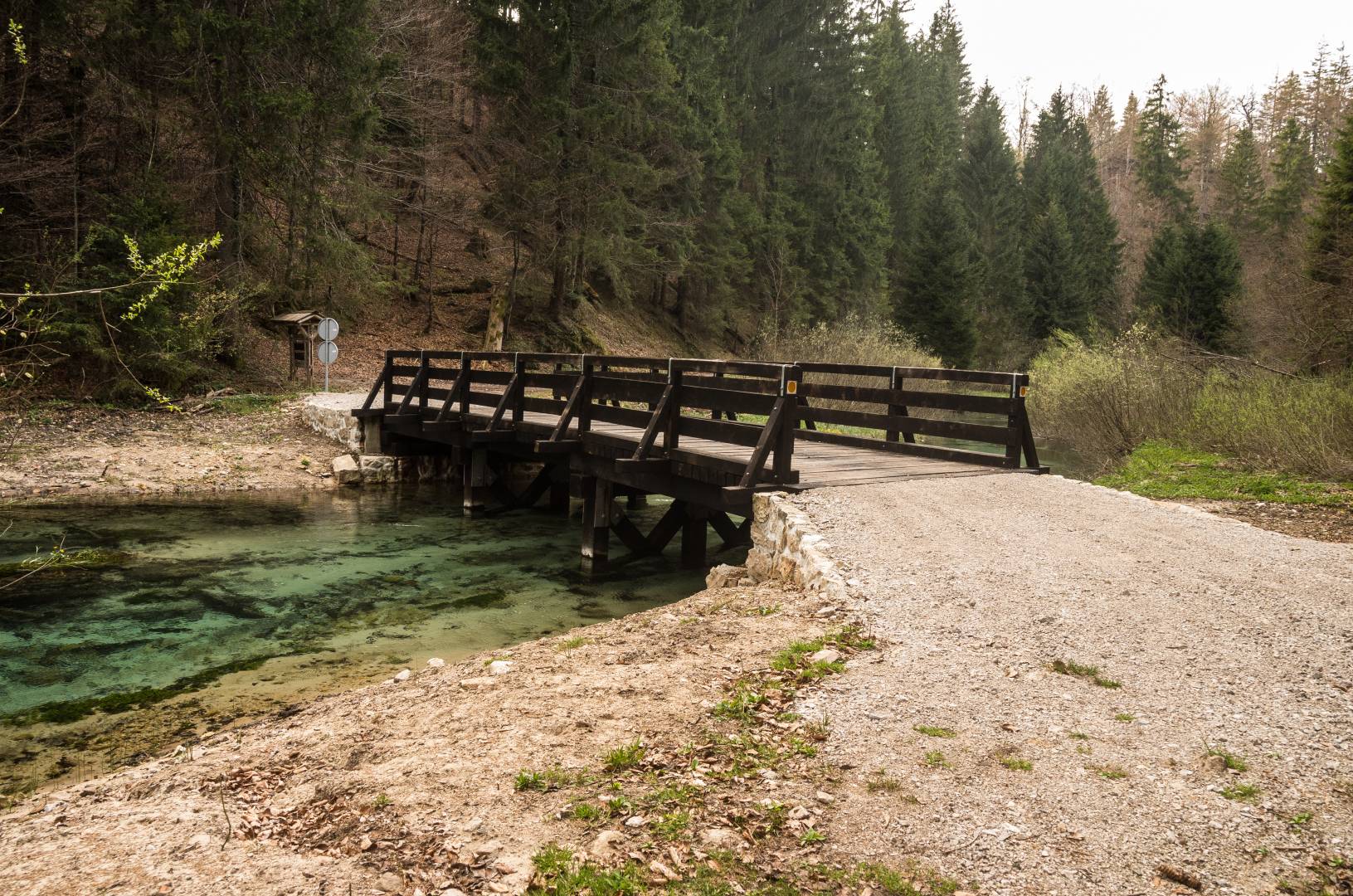
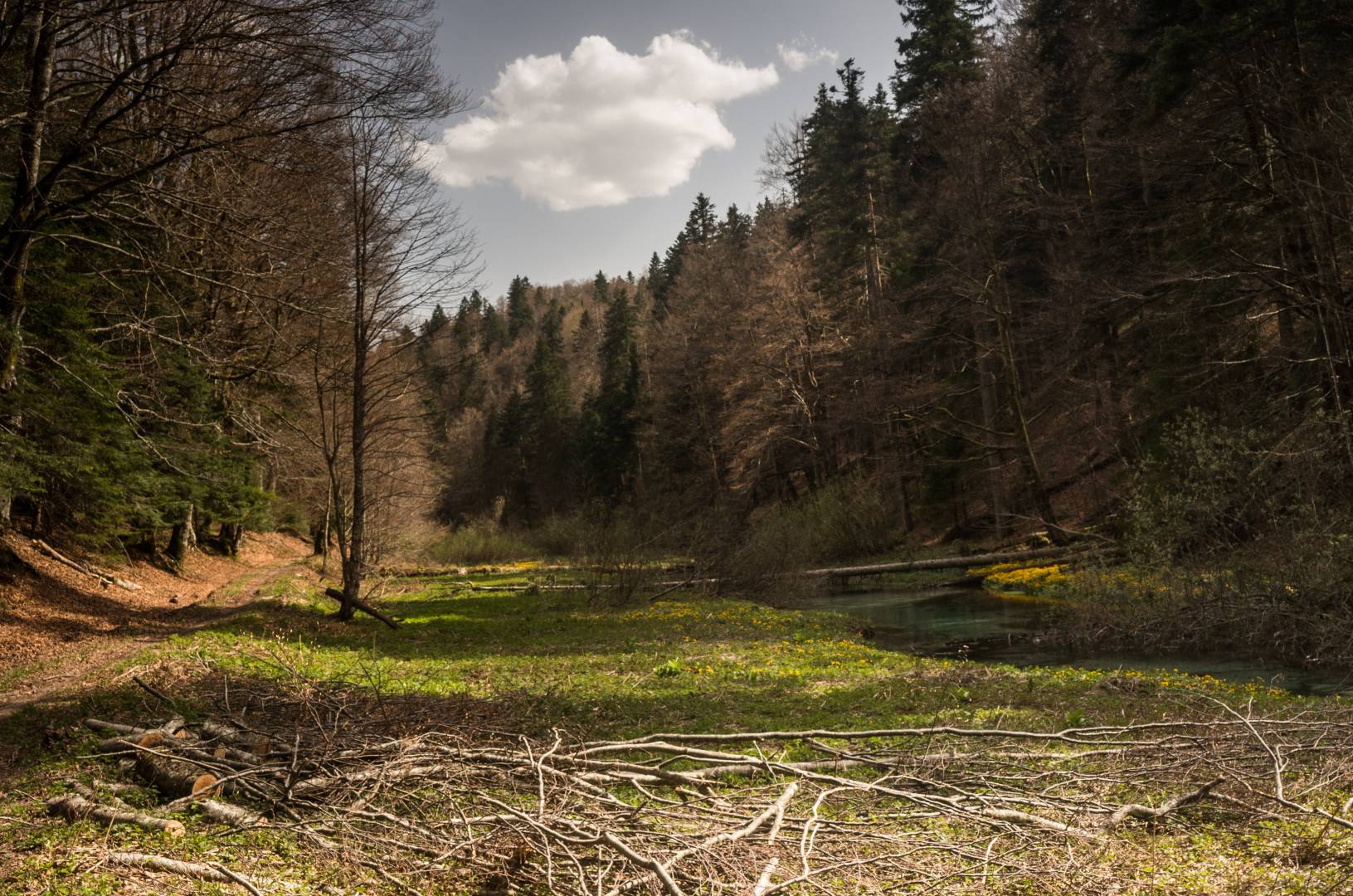
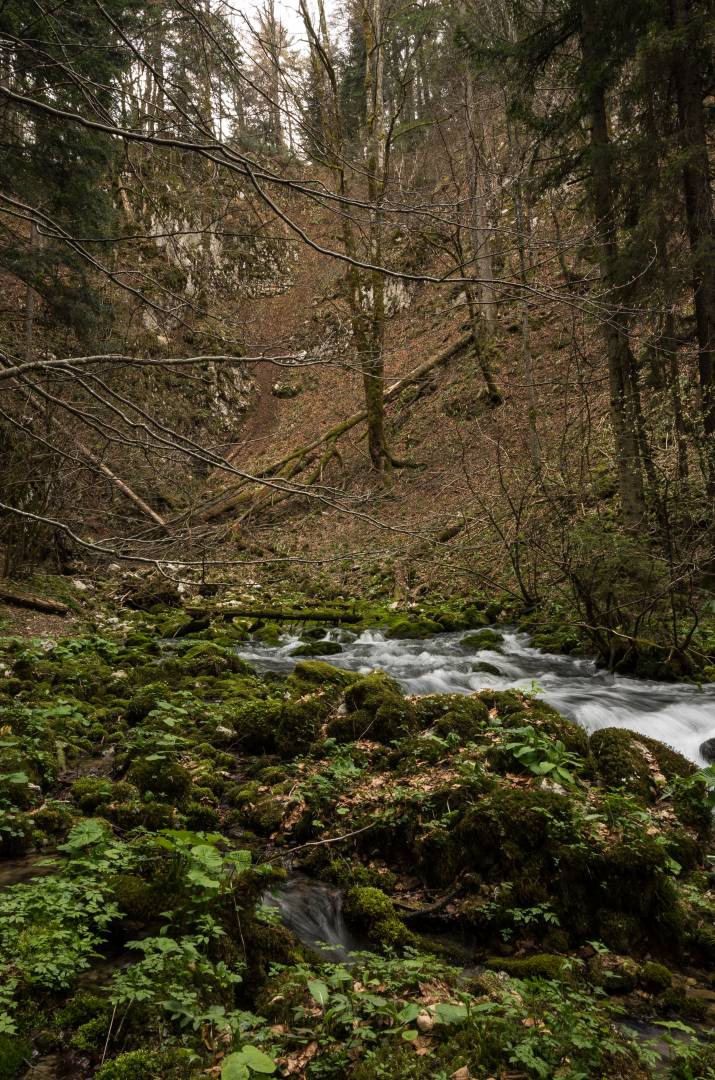
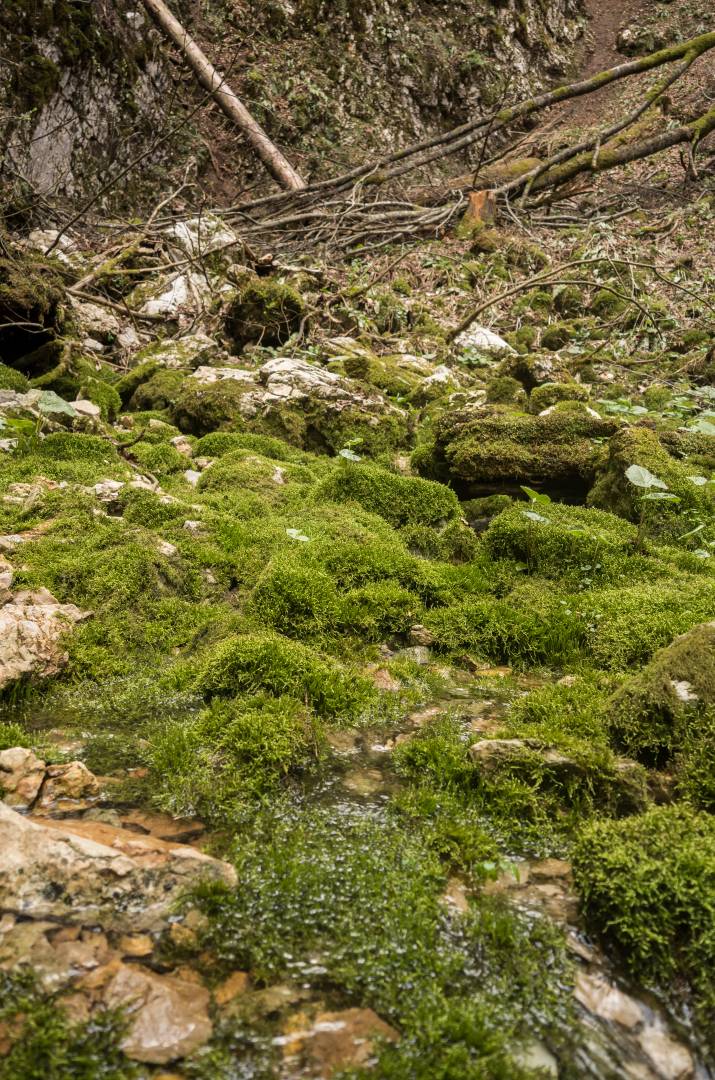
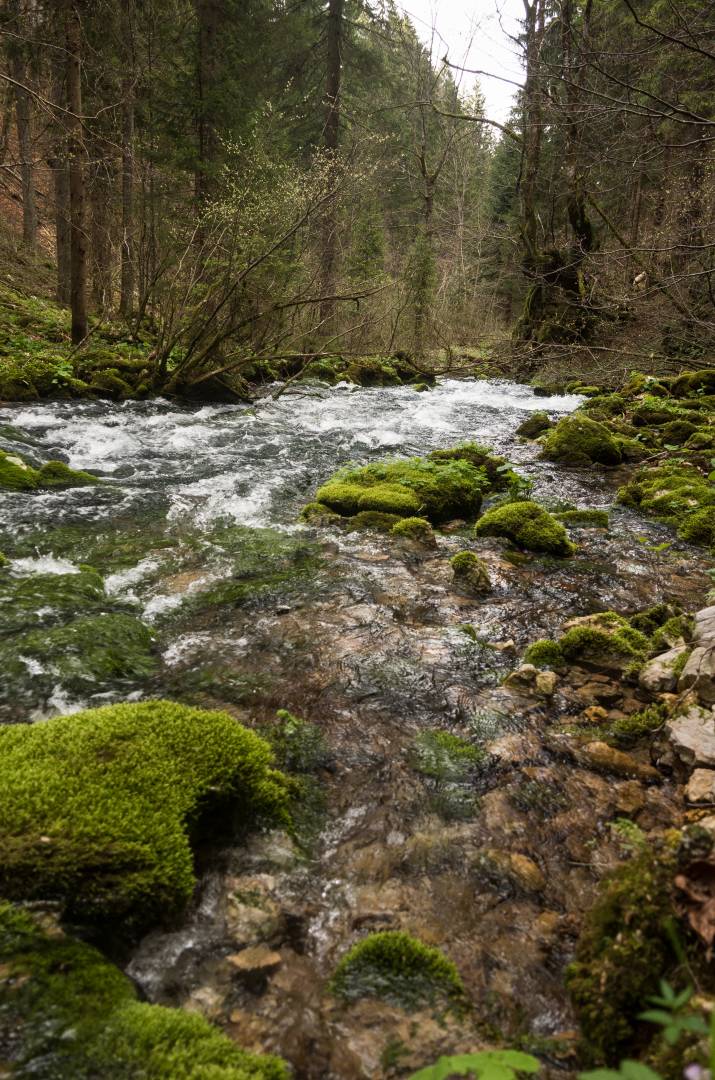
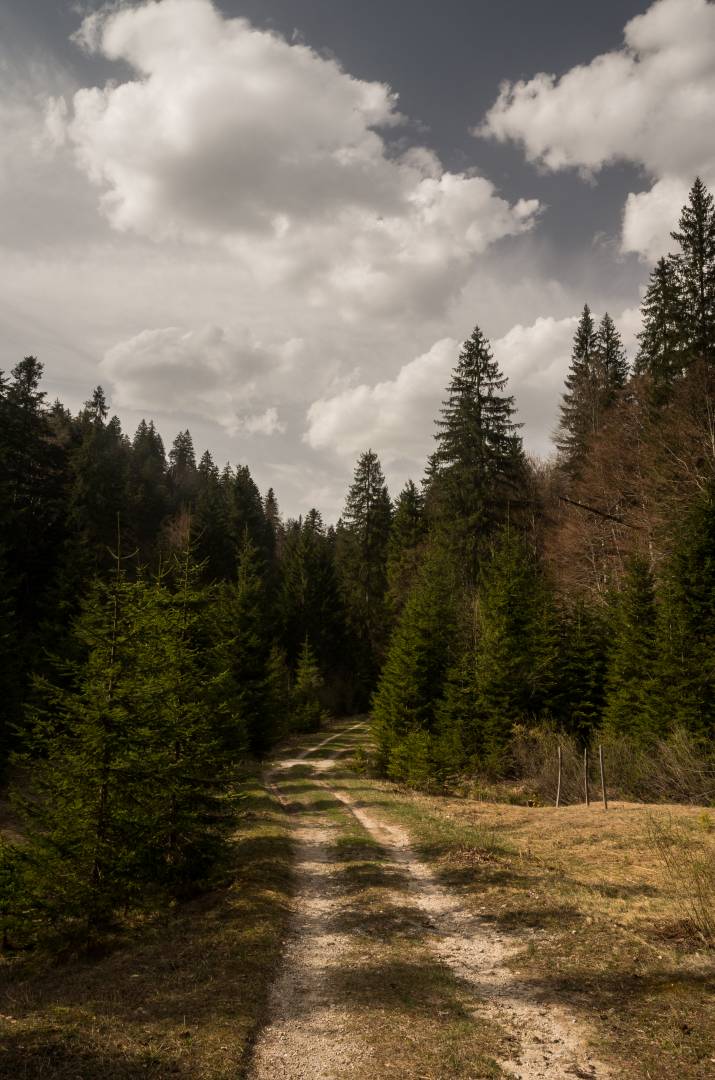
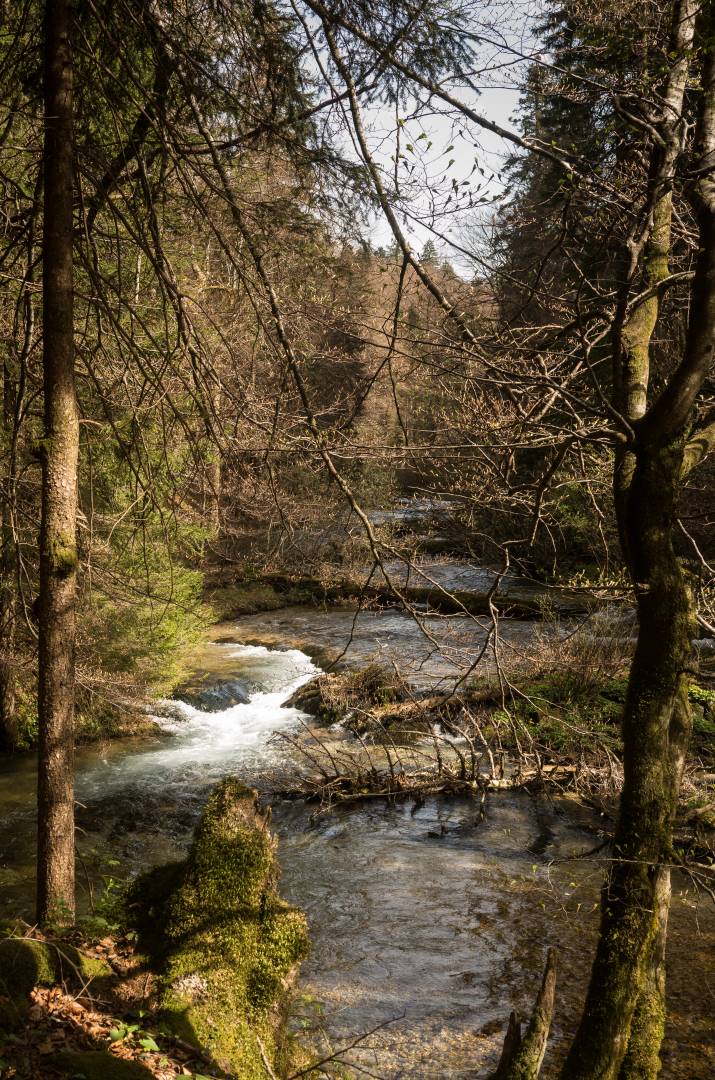
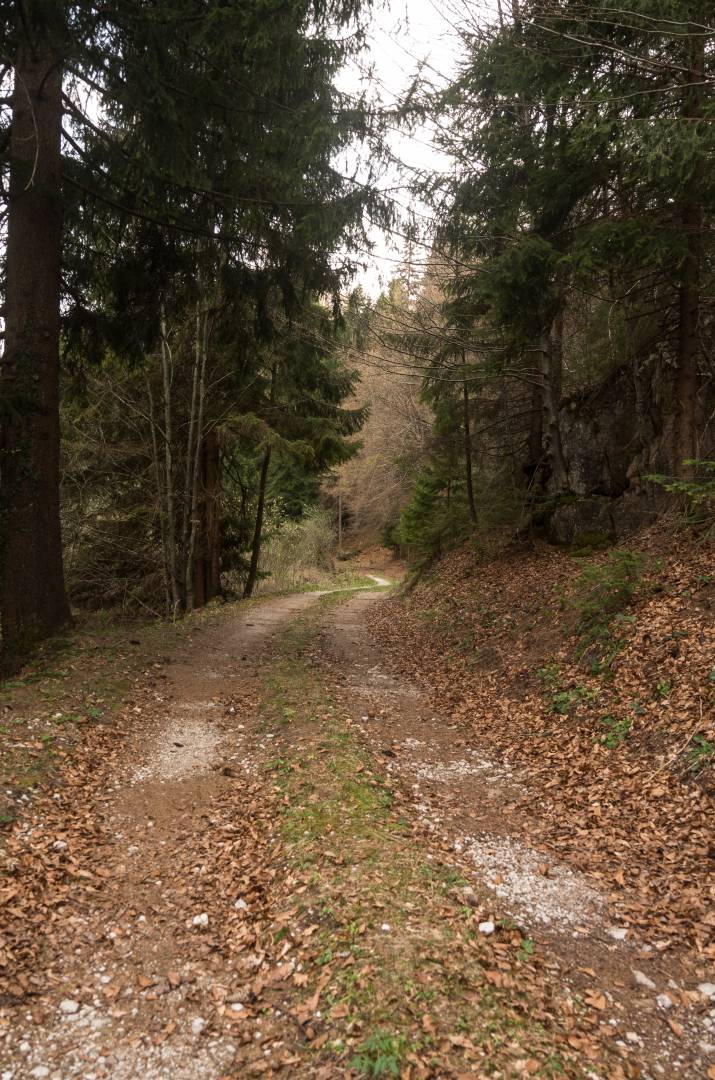
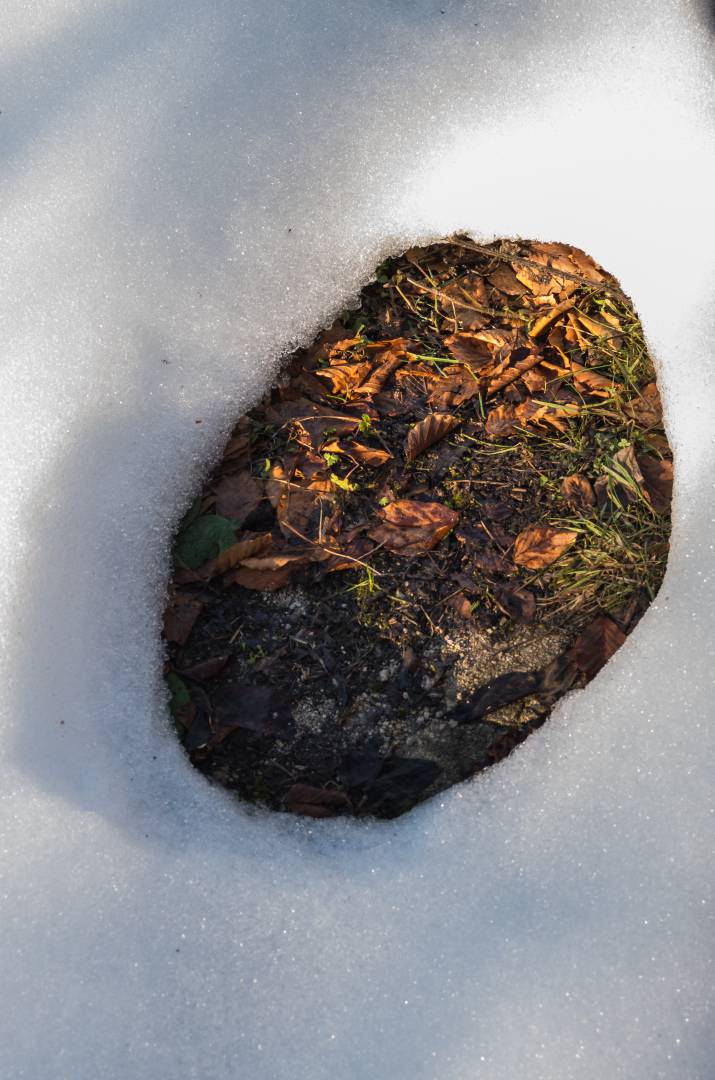
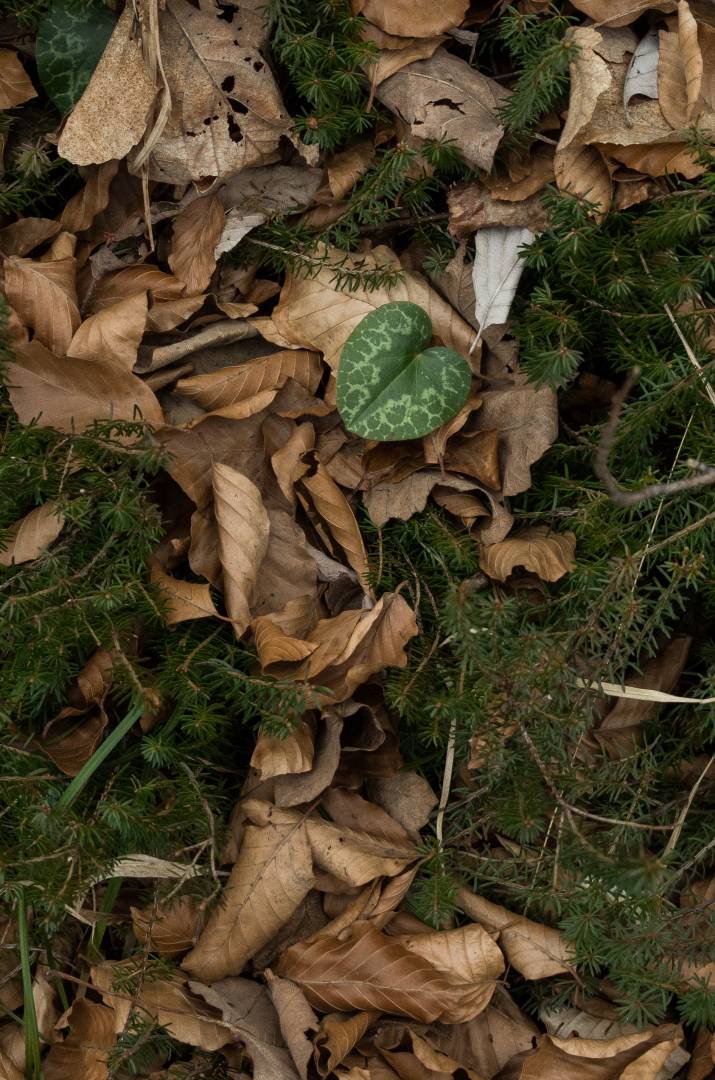
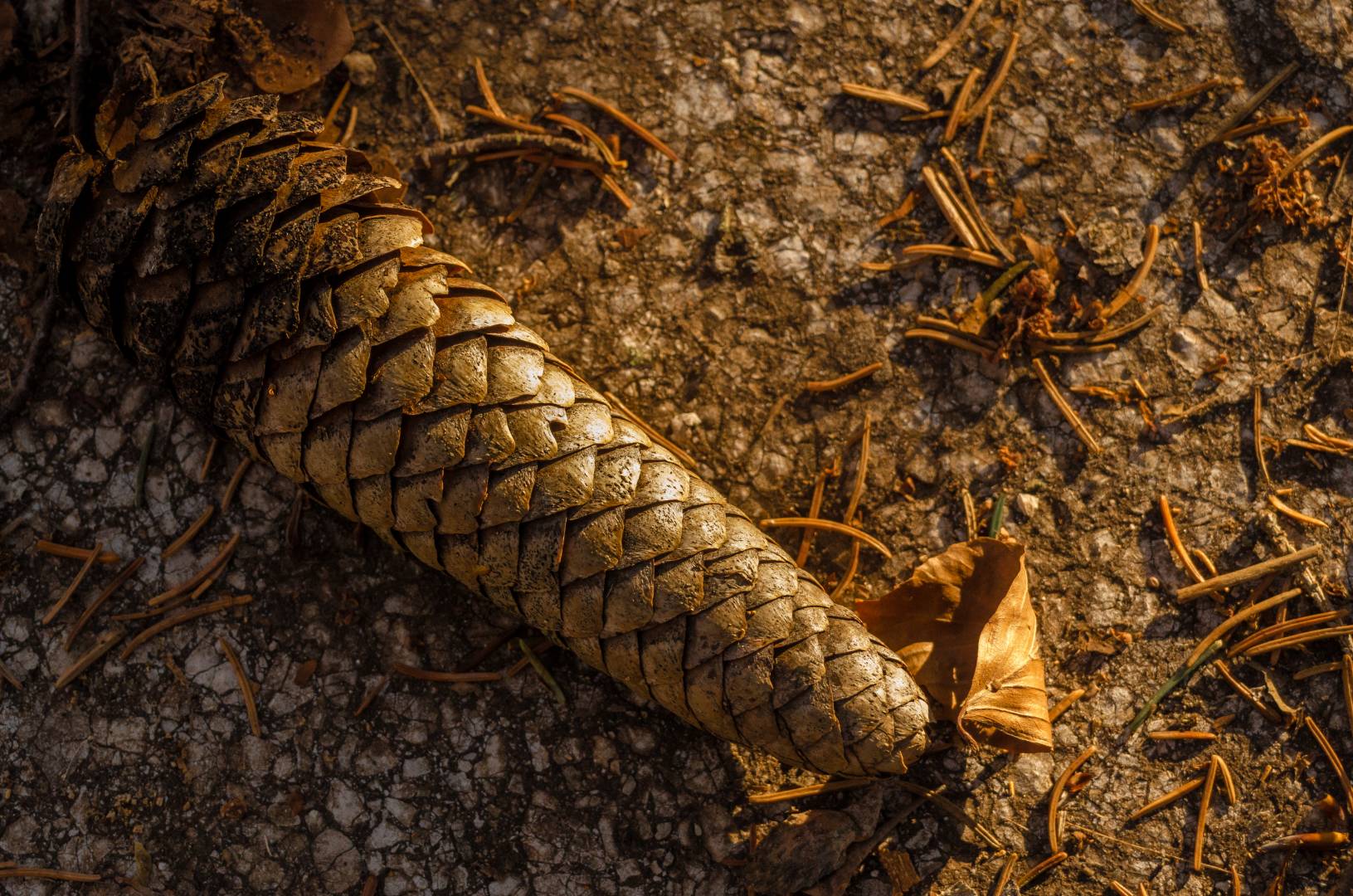
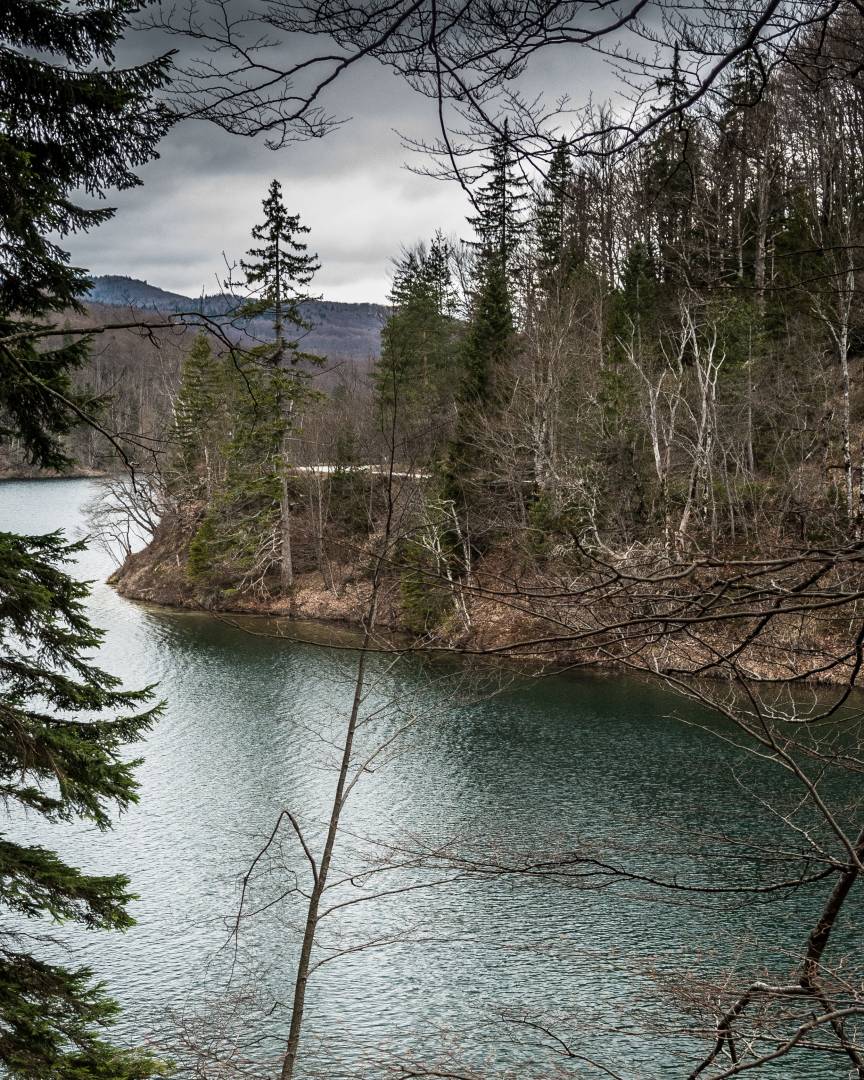
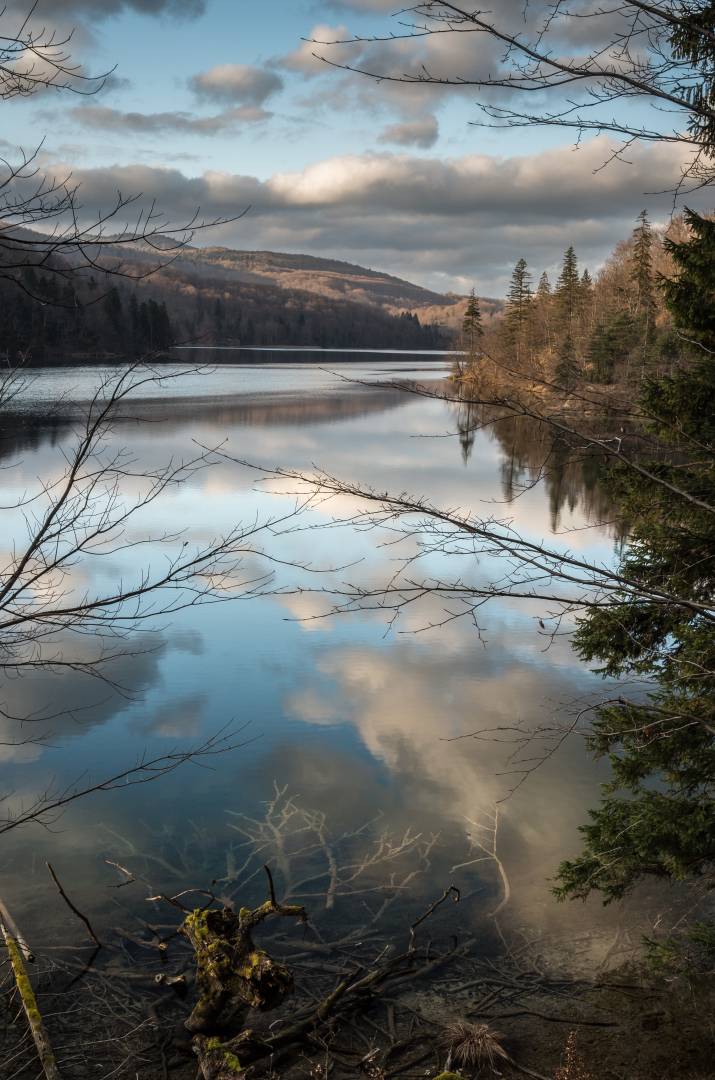
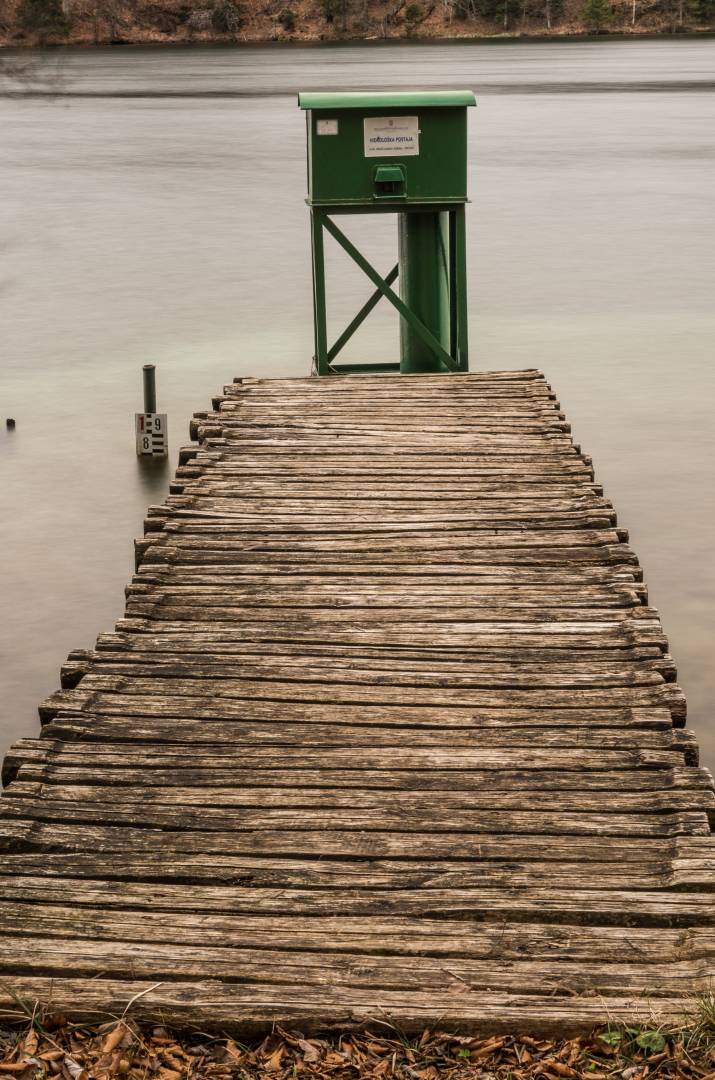
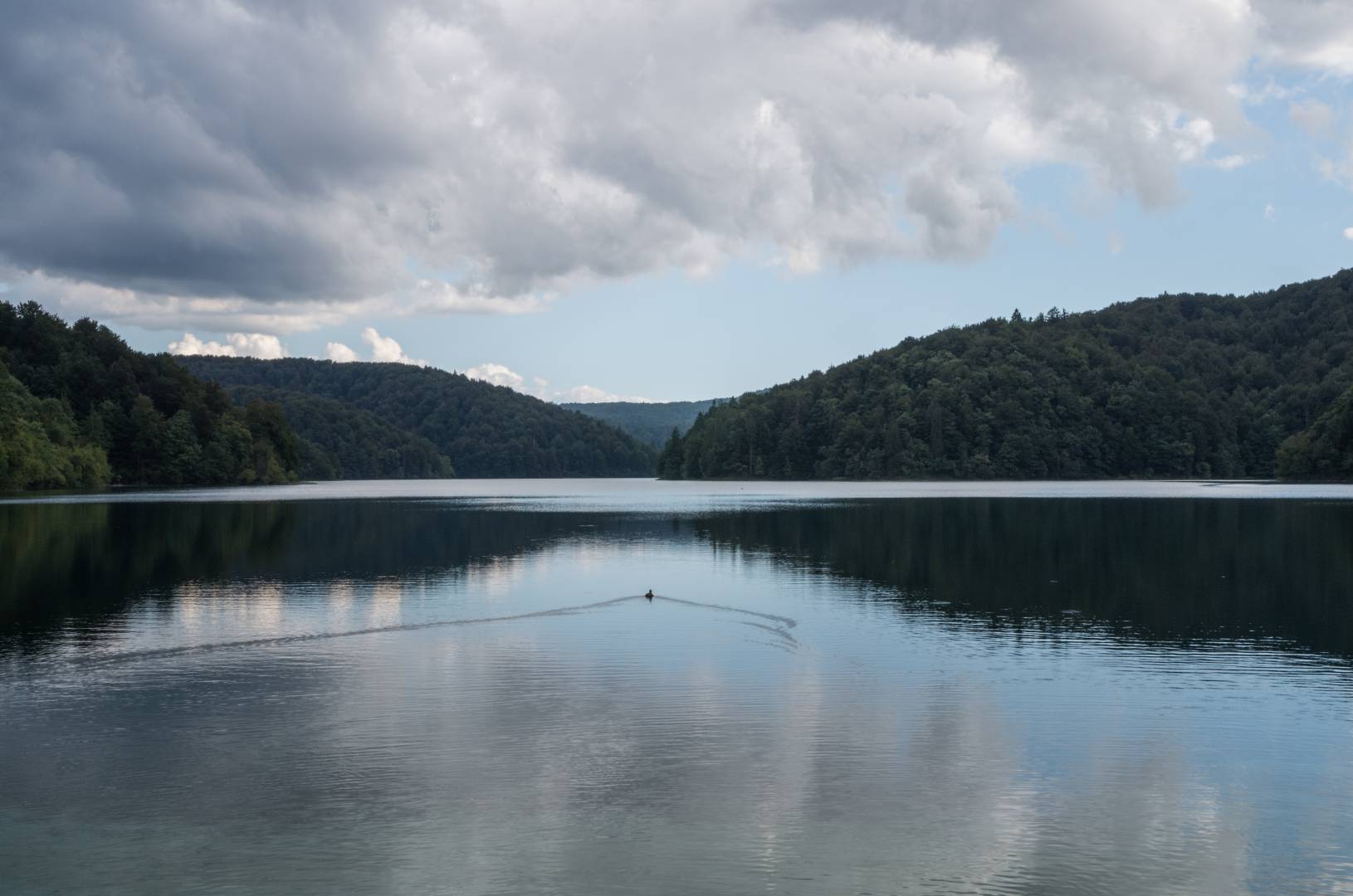
Hi Kevin,
As a recent convert to a Leica X typ 113, I was most impressed with your images and it set me to thinking that though 6-7 years on, the X-Vario seems to represent a fabulous travel camera. Do you think that Leica might ever consider reviving the line with a newer sensor as the lens seems to produce fabulous image quality? Thanks
I can jump in here, John. I think it very unlikely we will see another X Vario or, for that natter, another X or X1/2. The TL2 and CL are the current hopes but it is by no means certain that they have a long-term future. The Q2 has probably edged out any demand for an APS-C fixed-lens camera.
Hi John,
Thanks, I’m glad you like the images. I suggest trying to get a used X Vario if you want that type of camera. Leica did very well to make the 28-70mm range in such a compact lens albeit with the constraint of relatively slow apertures – which are rarely an issue for me. One thing worth mentioning is that the lens is married very well to the sensor.
I agree with Mike’s comment which appeared before mine.
I spent some time at UBC and lived in Kerrisdale so BC has a place in my heart.
Thanks Bruce, I’m pleased you liked it. The X Vario is an ideal APSC general purpose and, particularly, travel camera with it’s superb zoom and comparatively light weight. I doubt you’ll be disappointed. Two professionals told me, in effect, that I wouldn’t get much better results with an M10 and this has turned out to be my experience.
Thank you for the article Kevin. I am debating buying a Leica X Vario…but after looking at your images I am fine with its capabilities. I enjoyed your writing and pictures and absolutely the ducks had to end up on the wall framed! Best from British Columbia
Bruce
Thanks Dave, I’m glad you liked it. I eventually gave up taking the long way round and used the road through the woods although carefully as part of it disappeared down the valley side.
One comment I would make is that I have been very happy with the colours that the X Vario and X1 cameras produce both in raw and JPEG’s. I rarely need to adjust them although the white balance may need to be varied. I assume all the X models do well with their colour outputs.
I broke out in a sweat just thinking about the mileage reading this one. But I found some wonderful reflections in some of the lake shots, and a wonderful snow scene with geese.
You have really put that XV to good use, and I for one will look forward to seeing future articles from this area.
(Sorry I saved this one to spread my weekend reading out).
Dave
I like the way you have shown the colours and moods of the river, Kevin. It must have been a wonderful experience listening to the sounds of the forest. I am so happy to see how you make the XV shine like this. Looking forward to the remainder of your articles on the area.
Thank you Farhiz, yes the colours were striking. It’s a beautiful place.
Well done Kevin. Armchair hiking provides us with a reminder of hopefully more pleasant times to come as lockdowns ease.
And you continue to demonstrate the high quality of that XV lens, with its attached camera. Damn, I’ve just noticed that rash reappearing on my forearm 🤕.
Thanks Wayne, this won’t help your itch but I continue to delight in the lens on the XV. Glad you like the article.
Wonderfully atmospheric pictures! I feel as if I’d made the journey with you. It won’t happen, but I wish someone could get Leica to revive the X-Vario. All the well-deserved praise heaped on that camera after a flop start AND after its demise from production would surely mean a re-launch would sell like hot cakes.
Thanks John, I’m glad you felt you came with me; that is what I hoped readers would feel. I appreciate your comment very much.
Kevin, what a feast of interesting and pictorial landscapes, beautifully captured, regardless of weather. Good to see the XV used to such pleasing effect.
Thanks David, I’m pleased you liked them.
A real treat of an article and images. I really love the images of the village with the light coming from the left. I guess it must have been taken at the end of the afternoon but I may be wrong. It gives shapes and volume to the fields, beautiful. I also like the ducks and geese in the winter. You made your Xvario shine. Still looking for one XV but second-hand ones from camera dealers are rare. Thanks for sharing and stay safe
Jean
Thanks Jean, yes it would have been taken mid to late afternoon. Glad you like the photos. Good luck with the search for an XV.
You really know how to treat stay at home gov ordered leica fan. Am saving this for tonight my guilty sin, to enjoy w jWalker blue! Great start for the weekend.
Thanks John, Friday night and time to raise a glass. Cheers!
Lovely photos, Kevin. I always like seeing ‘Slap Territory’. I must get around to doing an article with my photos of Slovenia from my visit there in 2005. I love the geese and ducks photo. It reminds me of the photo that I took of Mrs Gorbachev’s (Mike’s friend Raisa) ducks in the snow in Moscow. However, your ducks were real, whereas Raisa’s were brass, a present from Mrs Barbara Bush.
William
Thanks William, I’m looking forward to reading your article on Slovenia. Geese and ducks make natural subjects or should I say posers!
A very interesting and worthwhile article thank you Kevin, and also a reminder of just how good and useful the wonderful Leica XV. No wonder the secondhand prices are holding up so well. Best regards and stay well. Don
Thanks Don I’m glad you liked it. Trust you are both OK.